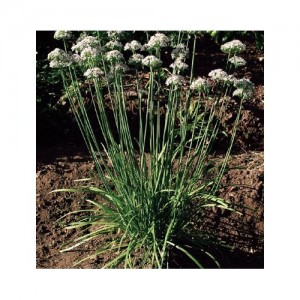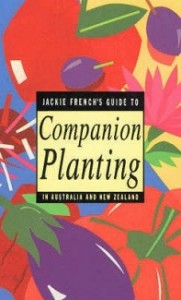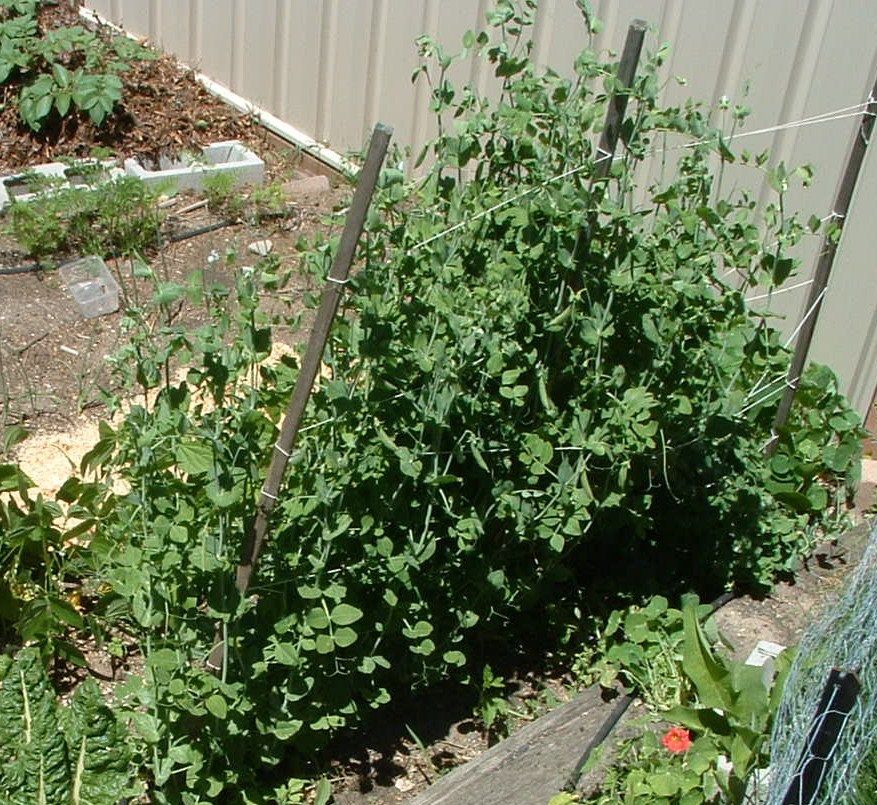“Tomatoes and oregano make it Italian;
Wine and tarragon make it French.
Sour cream makes it Russian;
Lemon and cinnamon make it Greek.
Soy sauce makes it Chinese;
Garlic makes it good.”
~Alice May Brock
With winter on the horizon, the anticipation of hearty chowders, spicy chilis and rich, filling pastas gets me excited to start planting my garlic crop. Garlic is a beautifully pungent and robust member of the onion family. It adds mouth-watering aromas and flavours to your meals, not to mention its high antioxidant levels thought to be beneficial in preventing heart disease, lowering cholesterol and blood pressure, and even boosting your immune system. And with autumn in the air, there is no better time than now to learn how to grow garlic.
Types of Garlic
 There are two types of garlic, softneck and hardneck. Softnecks get their name because the whole green of the plant dies down, leaving only the bulb and the flexible stem from which the iconic garlic braid comes. The hardnecks, as their name implies, have the hard stem that terminates into a flower and later dries into a hard stick. Softnecks grow great in mild climates while hardnecks thrive in harsher, wintery conditions.
There are two types of garlic, softneck and hardneck. Softnecks get their name because the whole green of the plant dies down, leaving only the bulb and the flexible stem from which the iconic garlic braid comes. The hardnecks, as their name implies, have the hard stem that terminates into a flower and later dries into a hard stick. Softnecks grow great in mild climates while hardnecks thrive in harsher, wintery conditions.
When to Plant
Garlic needs a bit of a cold treatment to really take off. Therefore, an autumn planting is an ideal time to get the cloves in the ground. Generally speaking, in Australia, May is a great month to get planting; but if May passes you by, it is still okay to plant in June and even into July. Planting in May will yield larger bulbs however, given the extra month in the ground. (see Gardenate for when to plant in your climate zone.)
Sourcing
Garlic grows best when it is suited to the local climate. Although you can purchase seed from garden shops or buy it from a grocery store, it is best to buy it from a local farmers’ market. Besides, by buying locally you are supporting local farmers. The cloves should have a nice shape and be plump.
Preparing the Ground
Garlic loves well-draining soil with a lot of nutrients. If your garden doesn’t drain well, mound up the soil to stop the garlic from getting too wet and rotting. Loosen the soil and dig in some organic fertiliser and compost. The soil should be as weed-free as possible.
If you do not have a suitable garden space for garlic to grow during the winter, garlic grows quite well in pots or containers.
How to Plant
 Break the bulbs apart into individual cloves – this is called “cracking.” Select the largest cloves and plant each one about 5 cm deep and 15 cm apart. Make sure to plant the clove with the pointed end up; this is where the shoots will sprout. If the ground is dry, water evenly and cover with a good layer of organic mulch to regulate the water and to keep weeds at bay.
Break the bulbs apart into individual cloves – this is called “cracking.” Select the largest cloves and plant each one about 5 cm deep and 15 cm apart. Make sure to plant the clove with the pointed end up; this is where the shoots will sprout. If the ground is dry, water evenly and cover with a good layer of organic mulch to regulate the water and to keep weeds at bay.
Gardenate lists as good companion plants beets, carrots, cucumbers, dill, tomatoes and parsnips. They say to avoid asparagus, beans, brassicas, peas and potatoes. Jackie French adds that garlic is said to repel borers in trees, mites, aphids and other sapsuckers. (Jackie French’s Guide to Companion Planting).
Scapes
Garlic scapes are the flowering stalk of the garlic. They protrude as elegant, elongated stems, rising toward the sky before making a turn towards the ground and then rising to the sky once again, making a Curly Q. This is when the scapes can be removed and eaten. The entire stalk and flower are edible and give endless possibilities to the creative chef or curious cook. The scapes can be used to whip up some pesto or hummus, or they can be mixed with cream cheese to spread on sandwiches – the possibilities are endless.
Harvesting
The bulbs are ready when most of the lower leaves turn brown. However, the upper leaves should still be green. Pulling the garlic from the ground is something of a delicate matter as garlic bruises easily. Gently loosen the soil and lift the bulb.
Curing and Storing
Allow the garlic bulbs to cure in a single layer for three to four weeks in a dry, well-ventilated area. Gently brush off any clumps of dirt if you wish or remove the outer layer of wrapper – just be careful not to expose the cloves until you are ready to use them. The tops and roots will dry out and can then be cut off. If you want to admire your bounty by braiding the stems and hanging the garlic, do not let the tops dry out completely as they will just break when you try to braid them.
Whether hardneck or softneck, pungent or mild, garlic will enhance any food that it ends up in. Used for thousands of years both in cooking and medicinally, the benefits of garlic are fabulous, not to mention tasty. Roasted whole, chopped, sliced or minced, the flavour of garlic infuses food with a taste like no other.


